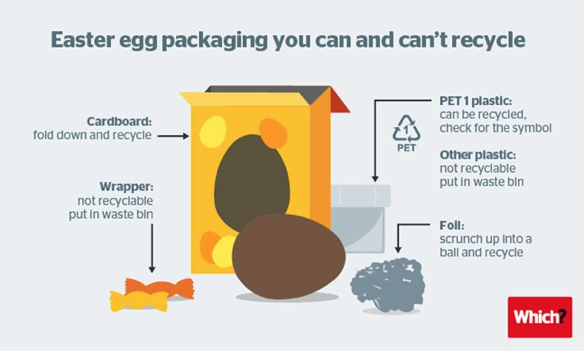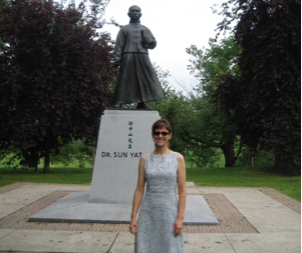https://assiniboine.net
Assiniboine ready to welcome new, returning students
BRANDON, Man. (August 31, 2022)—Assiniboine Community College is preparing to welcome thousands of new students this academic year, with many commencing or resuming their studies on campus after the Labour Day long weekend.
The college expects more than 3,700 students over the 2022-23 academic year. Thousands more will be enrolled in various Continuing Studies courses and community-based programs throughout the academic year.
“Earlier this summer, we were fortunate to celebrate last year’s thirteen-hundred-plus graduates with a traditional graduation ceremony, and I know that welcoming students to our campuses this fall will rival that feeling,” said Dr. Deanna Rexe, Vice President, Academic at Assiniboine.
“As students ready themselves for their time here at Assiniboine and beyond, we are proud to be part of their journey, and know we can provide them an exceptional college experience to transform their future. To this year’s students—welcome, enjoy and make the most of it.”
With the province’s investment in the college’s Practical Nursing program, announced this past spring, Assiniboine will welcome more nursing students than ever before this year. Students in Brandon, Winnipeg, Portage la Prairie, Arborg, Otterburne and Virden will begin studies this September, while the Parkland campus in Dauphin will welcome students back for their second and final year of the program. More future nurses will join the college in January 2023 in Brandon, Winnipeg and Morden.
Another addition for this academic year is the college’s newest learning space, the Centre for Creative Media. Students in Digital Art and Design, Media and Communications, and Web and Interactive Development got a taste of the space when it was completed in early 2022, and the college looks forward to welcoming students in their first year of these programs, who will experience the Centre for the duration of their studies.
Responding to demand, both from students and industry, Assiniboine has doubled the intake for its Automotive Technician certificate, while a program that saw its first intake in Brandon last fall—Baking Foundations—is running again this year out of the Manitoba Institute of Culinary Arts.
www.assiniboine.net
FOR IMMEDIATE RELEASE
“Providing programming that aligns with Manitoba’s labour market needs is central to the college’s strategic plan, as is ensuring these opportunities are available across the province,” said Mark Frison, President at Assiniboine. “Assiniboine continues to provide opportunities throughout Manitoba, with programs beginning at various times throughout the year across campuses and community sites. It’s important we continue to offer students flexibility in where and when they can embark on their post-secondary journey with us.”
Community-based programs in partnerships with organizations and communities—often First Nations— deliver education opportunities close to home for students. Upcoming programs include Mature Student High School in Sandy Bay, Gods Lake and Rolling River First Nations, Post-Secondary Preparation in Waywayseecappo, Sandy Bay and Sioux Valley First Nations, Early Childhood Education in Birdtail Dakota Sioux First Nation and Applied Plumbing Installation in Nelson House.
While September sees a large influx of new and returning students at Assiniboine, a number of intakes for programs beginning in January and May are on the horizon and still open for applications, including Network Administration Technology, Food Processing, Horticultural Production and Sustainable Food Systems, Business Administration and Comprehensive Healthcare Aide.
The college is also poised to welcome learners from around the world this year, an important piece of the mission to support Manitoba’s economic and social development. International enrolment is expected to be up slightly from the previous year, with students from more than 20 countries represented.
“Manitoba and Assiniboine have a lot to offer international learners and we’re thrilled to be welcoming new students from around the globe to begin their studies with us,” said Danielle Adriaansen, Vice President, International at Assiniboine. “This past spring, we opened the Diane Shamray International Education Centre and we are excited to bring this space to life with international student traffic this fall.”
Student orientations will get underway in the coming week across campuses, helping students as they move into college life. Hundreds will participate in activities, including campus tours, program orientations, and barbecues.
-30-
About Assiniboine Community College
Assiniboine Community College has been providing exceptional learning experiences for more than 60 years, offering unparalleled learning environments and responding to the demands and requirements of the Manitoba labour market. Following the philosophy of “learn by doing,” programs combine theory with hands- on learning inside classrooms, labs, kitchens, shops, fields and the college’s Sustainable Greenhouse.
Assiniboine offers more than 60 certificate, diploma and post-graduate programs across a variety of disciplines including culinary arts and hospitality, business, agriculture and environment, health and human services, and trades and technology. The college also delivers apprenticeship programming in a range of skilled trades disciplines.
The college welcomed more than 3,600 full-time and 6,000 part-time students last year. With campuses in Brandon, Dauphin, Winnipeg and Portage la Prairie, Assiniboine provides comprehensive educational opportunities throughout Manitoba. The college also partners with many communities and organizations across the province to deliver customized education and training. Assiniboine’s annual provincial economic impact is $612 million. In the most recent survey of graduates, nine months after graduation, 92 per cent were employed, with 93 per cent remaining in Manitoba.
Assiniboine Community College campuses are located on the traditional territories of Treaty No. 1 and Treaty No. 2, the shared traditional lands of Cree, Oji-Cree, Dakota, Dene and Anishinabek/Ojibwe peoples, and the homeland of the Red River Métis. We acknowledge their welcome to the students who seek knowledge here. For more information, please contact:
Anya McNabb
Director, Communications and Marketing
Assiniboine Community College
mcnabba@assiniboine.net
204.725.8717

























